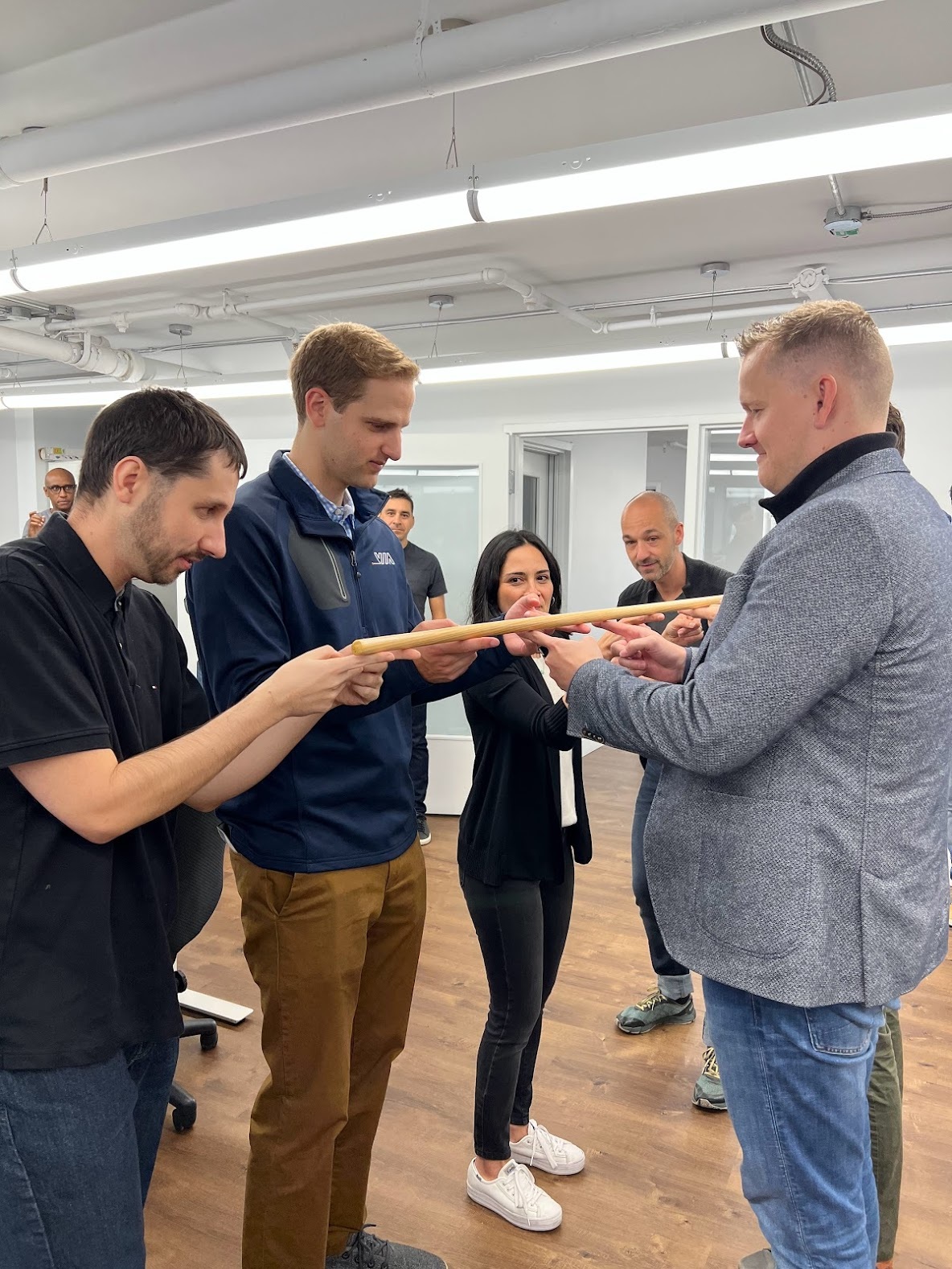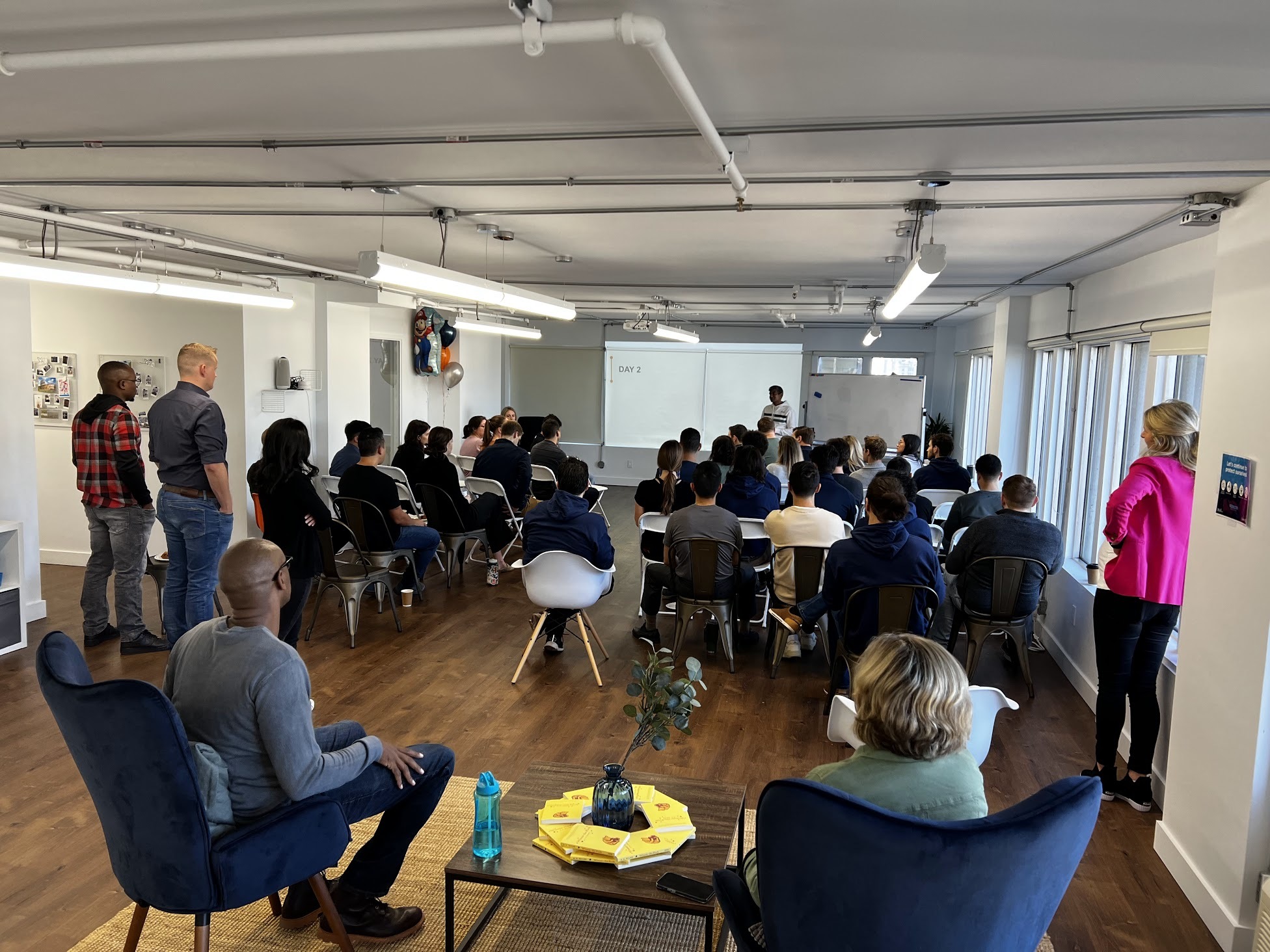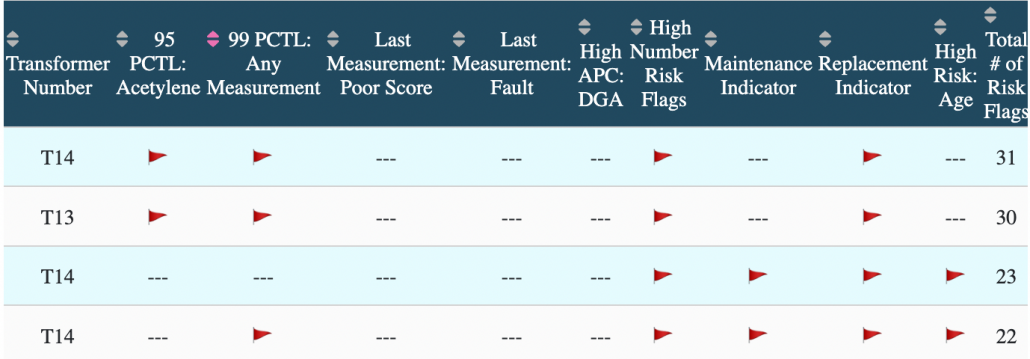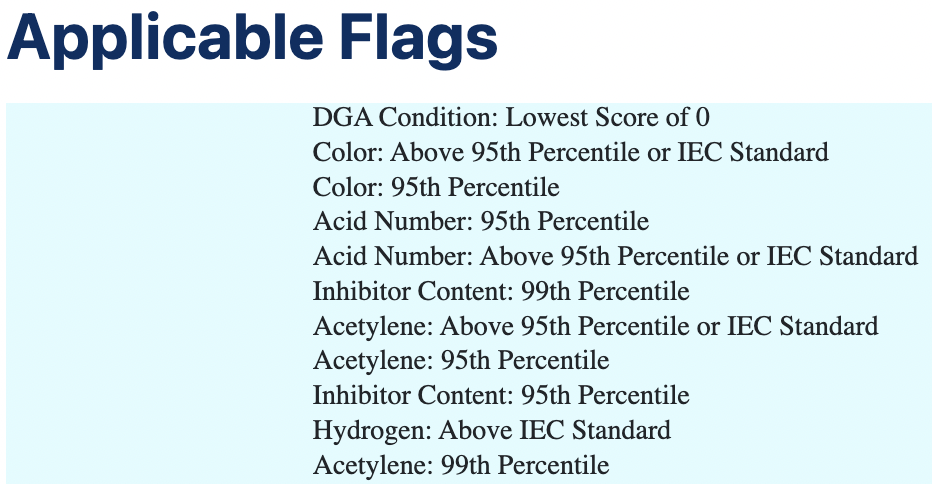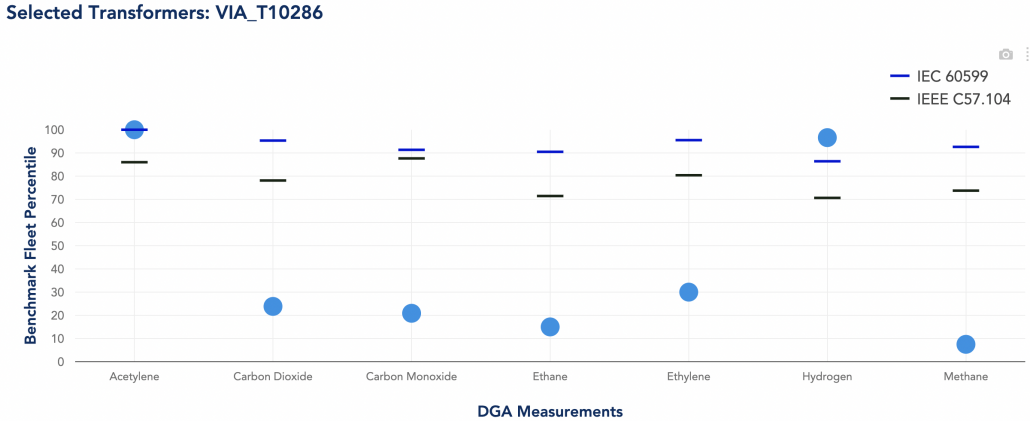Decrypted Unscripted interviews VIA CEO Colin Gounden for recent podcast
Decrypted Unscripted, a podcast that explores the “privacy landscape, from regulatory developments to litigation trends”, invited VIA’s CEO Colin Gounden on the show to discuss the role AI and blockchain have in the energy industry. Hosts David and Deb of Perkins Coie, have had numerous guests on the podcast including leaders from Uber, Stanford University, and the Financial Times, to name a few.
In the 45-minute interview, Colin talks about a range of topics including VIA’s mission, Zero Knowledge Proofs, and Ted Lasso! Since 45 minutes tops the list for quality on-air time, we’ve taken the liberty to break down the interview and provide timestamps of hot topics covered below.
7:03 – 8:45: What the heck is Blockchain?
After reminiscing on the days when people were skeptical about the internet, host Deb asks Colin, so “What the heck is blockchain?” Hear Colin’s explanation along with some great analogies.
8:46 – 13:45: Tell them how VIA makes it work in energy.
David asks Colin how VIA landed on energy being the industry to transform with VIA’s technology, including highlights from the HBS case studies about VIA.
13:46 – 17:05: Let’s talk about VIA’s mission.
What can VIA do to make communities cleaner, safer, and more equitable? Listen to Colin’s response on how our mission will make an impact.
17:25 – 25:10: Zero Knowledge Proofs, you’ve got to tell us about that.
Colin gives a description of ZKPs, calling it one of the “biggest innovations we’ll see in the next 20 years.”
26:05 – 31:18: How does privacy and transparency work together?
Privacy is a concern for blockchain and transparency is the differentiator. How do these work together? Colin explains and covers how smart contracts are involved.
31:20 – 34:48: How does VIA help disadvantaged communities?
Listen to Colin’s thoughtful response on VIA’s initiatives here.
34:50 – 36:20: Beef up infrastructure security with VIA.
Infrastructure data is important to VIA. Colin talks about the value and importance of GDAC™.
36:25 – 40:45: The Crypto Valley
The future is now, just unevenly distributed. This is Switzerland. Listen to hear about the importance of data privacy for the country.
40:45 – 42:20: What did Colin do during the COVID lockdown?
Ted Lasso. Enough said.
To wrap, Colin suggests reading VIA’s Skylight whitepaper to get a better grasp of what VIA is doing in the Web3 space.

